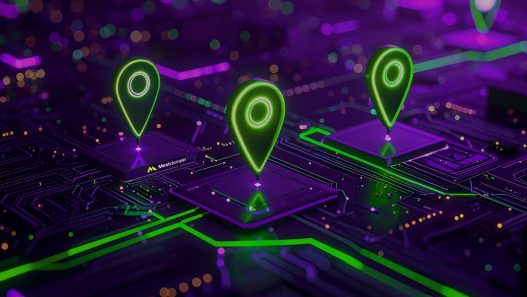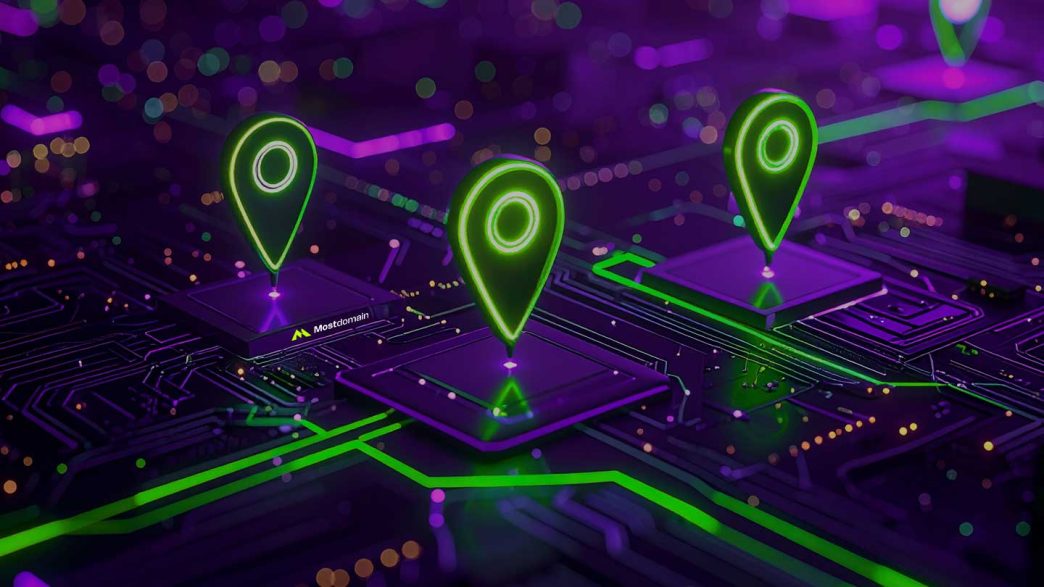Geotargeting: Definition and How It Works? – Geotargeting is an essential technique in digital marketing that enables businesses to reach audiences with precision based on their geographic location. In the increasingly competitive world of digital marketing, understanding and implementing geotargeting effectively can be a key differentiator between successful and failed campaigns.
The importance of geotargeting extends far beyond simple location-based advertising; this technology intersects with data privacy, user experience, and technological innovation. By analyzing user location data, brands can create highly personalized marketing campaigns that resonate on a local level, building stronger customer relationships and significantly increasing conversions.
What Is Geotargeting? Definition and Core Concepts
Geotargeting is a technique used by digital marketers to deliver tailored content to users based on their physical location. This can be achieved through various methods such as IP address analysis, GPS data from smartphones, Wi-Fi triangulation, or even user-provided location details.
Fundamentally, geotargeting operates by collecting location data and then segmenting audiences according to their geographic areas. For instance, a retail chain might serve different ads to users in New York City than they do in Los Angeles, highlighting local store promotions, events, or products that are relevant to each market. This approach not only enhances relevance but also improves the efficiency of marketing campaigns by focusing resources where they’re most likely to yield results.
Beyond advertising, geotargeting is also used in content customization, search engine optimization (SEO), and even in managing compliance with regional regulations. From a technical perspective, geotargeting depends on the accuracy and reliability of location data.
| Geotargeting Method | Accuracy Level | Advantages | Disadvantages |
| IP Address | City/Region | Easy to implement | Less precise |
| GPS | Very High | Accurate to meters | Requires user permission, drains battery |
| Wi-Fi Triangulation | High | Good for indoor | Limited to Wi-Fi areas |
| User Input | Varies | Direct data from user | Depends on user honesty |
How Does Geotargeting Work Behind the Scenes?
Understanding the technological infrastructure that powers geotargeting involves a few key stages:
1. Data Collection and Identification
At its core, geotargeting relies on the collection and analysis of a user’s location data. When a user visits a website or interacts with an app, various signals are used to determine their geographic location. These signals include IP addresses, device GPS signals (especially from smartphones), Wi-Fi information (through triangulation), and even browser settings.
2. Matching and Content Delivery
Once the location data is obtained, the system instantly matches it against segmentation rules set by marketers or content providers. These rules precisely define what tailored content, such as specific ads or regional information, should be served based on the detected location. This entire process occurs in milliseconds, delivering a seamless, localized experience without the user needing to intervene.
3. Geofencing
A key component of geotargeting is geofencing, which involves creating virtual boundaries around specific geographic areas. When a user’s device crosses into this designated area (or geofence), it automatically triggers certain actions, such as sending notifications, special offers, or contextually relevant advertisements. This feature is particularly valuable in mobile marketing, allowing brands to engage users while they are physically present in a specific location.
4. Challenges in Implementation
Behind the scenes, the process requires careful management of several challenges. Privacy regulations (like GDPR and CCPA) are a primary concern, as consumers are increasingly aware of location data usage, necessitating transparency and user consent, especially when using highly precise data like GPS. Marketers must also manage technical limitations like inaccurate location data, user VPNs, or device restrictions that can hinder the effectiveness of geotargeting efforts.
The Benefits and Challenges of Geotargeting in Modern Marketing
Key Benefits of Geotargeting
✓ High Personalization
Geotargeting allows for highly personalized content delivery that improves engagement rates and customer satisfaction. When users see advertisements or content that resonates with their immediate environment, they are more likely to respond positively through clicks, conversions, or brand loyalty.
✓ Budget Optimization
Helps optimize resources by focusing advertising spend on the most relevant local audiences, reducing waste and significantly increasing ROI.
✓ Real-Time Marketing
With the rise of mobile device usage, geotargeting becomes a powerful tool in real-time marketing contexts such as local offers, event promotion, and location-specific customer service. For example, a restaurant can send a special discount code to customers within a certain radius, encouraging immediate visits.
Challenges Faced
✗ Data Privacy
Privacy concerns are at the forefront as consumers become increasingly aware of how their location data is collected and used. Regulatory frameworks like GDPR and CCPA impose strict rules on data collection and consent, compelling marketers to adopt transparent practices.
✗ Technical Limitations
Technical limitations such as inaccurate location data, user VPNs, or device restrictions can hinder the effectiveness of geotargeting efforts.
✗ Intrusive Risk
Overly localized marketing can sometimes backfire if it feels intrusive, risking alienating customers rather than engaging them.
To navigate these challenges, marketers must strike a balance between personalization and privacy, ensuring that their geotargeting practices are ethical, transparent, and respectful of user preferences.
The Future of Geotargeting: Trends and Innovations
Looking ahead, geotargeting is ready to become more sophisticated, driven by advancements in data analytics, AI, and the increasingly connected world. One of the most promising trends is the integration of location data with behavioral analytics, enabling marketers to craft contextual experiences that evolve based on user intent, time of day, and environmental factors.
Privacy-Preserving Technologies
Privacy-preserving geolocation techniques such as federated learning and anonymized data pooling will likely become more prevalent, addressing consumer concerns while still delivering valuable localized insights.
5G and IoT
The rise of 5G technology and IoT devices will further enhance the granularity and accuracy of location data, opening avenues for hyper-local marketing experiences. Augmented reality (AR) and virtual reality (VR) applications are also beginning to leverage geotargeting to create immersive, location-based interactions.
Omnichannel Integration
The integration of geotargeting with other marketing channels will encourage holistic, omnichannel experiences. For instance, combining location-based mobile advertising with in-store digital signage or personalized email campaigns based on user location history can create seamless customer journeys.
Geotargeting: The Future of Smarter and More Personalized Marketing
Geotargeting is a dynamic and powerful facet of modern digital marketing that enables businesses to connect with consumers in highly relevant and personalized ways based on geographic location. Operating through various data collection methods and technological devices, geotargeting allows for precise content delivery, encouraging stronger engagement and operational efficiency.
While it offers significant benefits, including improved customer experience and targeted resource utilization, it also presents challenges such as privacy concerns and technical limitations. The future of geotargeting will likely be shaped by innovative technologies that enhance accuracy while respecting user privacy, creating opportunities for more immersive and relevant marketing experiences.
As companies continue to explore and refine geotargeting techniques, its role in bridging online and offline worlds promises to grow even more influential in shaping the digital landscape of tomorrow.
References
American Marketing Association, Digital Marketing and Location-Based Strategies
Interactive Advertising Bureau, Mobile Marketing Best Practices
Journal of Digital Marketing Research, Geolocation Technologies in Consumer Engagement
Privacy International, Location Data and Consumer Privacy
MIT Technology Review, The Future of Location-Based Services



















